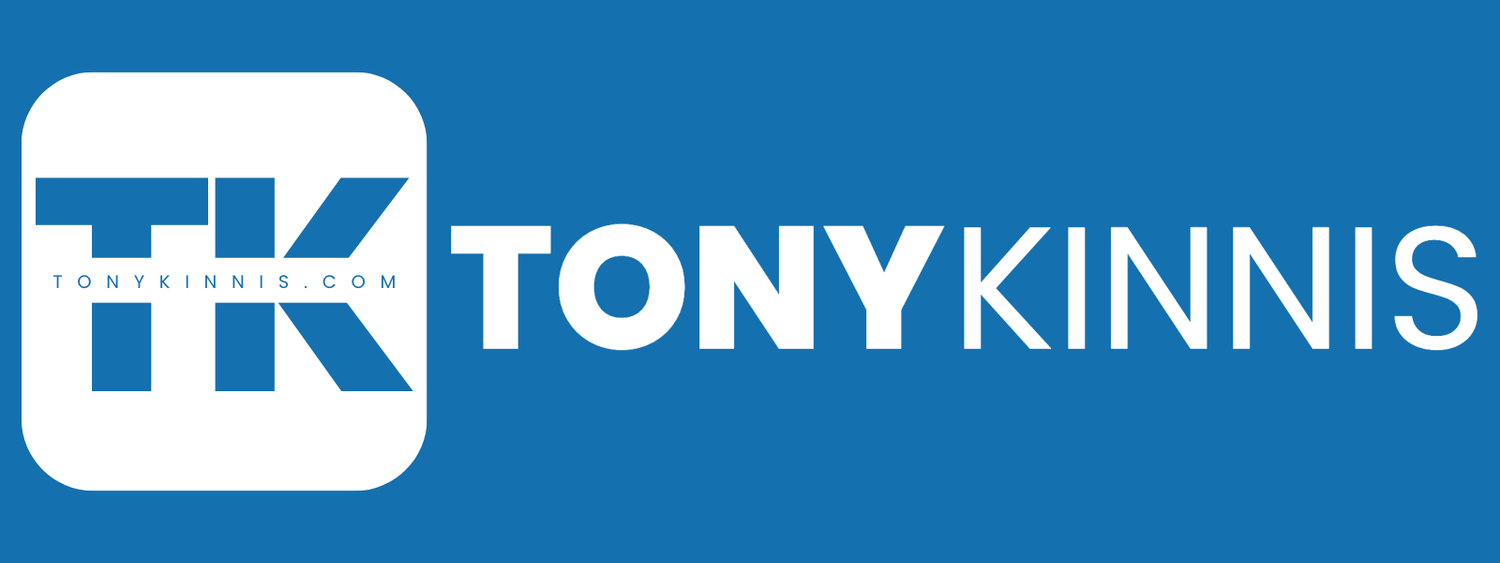Coordination Headwinds: The Invisible Force Slowing Down Your Team
As an engineering leader, I've seen firsthand how the thrill of shipping product can gradually morph into a frustrating slog. Simple tasks become complex, and progress grinds to a halt. This isn't anyone's fault; it's the subtle, emergent force of coordination headwinds. As organizations grow, the complexity of interactions between teams and individuals increases exponentially. This increased complexity creates friction and slows down progress, a phenomenon known as coordination headwinds.
The Military vs. the Slime Mold: Contrasting Extremes
To understand coordination headwinds, let's look at two contrasting examples:
The Military (Top-Down): Military organizations, as highlighted by Stephen Bungay in "The Art of Action", excel at coordination through rigid hierarchies and clear chains of command. This top-down approach ensures alignment but can stifle innovation and adaptability, a concept further explored by Stanley McChrystal in "Team of Teams."
The Slime Mold (Bottom-Up): Slime molds, on the other hand, achieve remarkable coordination without any central control. Each individual cell acts autonomously, yet the collective navigates complex environments and finds food efficiently. This bottom-up approach, discussed by Alex Komoroske in his presentation "Coordination Headwind: How Organizations are like Slime Molds," is highly adaptable but can struggle with large-scale coordination.
The Challenge of the Middle Ground
Most engineering teams operate somewhere between these extremes. We strive for a balance of autonomy and alignment, but as teams grow, the delicate equilibrium tips. Coordination headwinds emerge, manifesting in various ways:
Misaligned Goals: Teams pull in different directions, wasting effort and causing frustration, a problem often exacerbated by the "local maxima" phenomenon discussed in the book "Accelerate" by Nicole Forsgren, Jez Humble, and Gene Kim.
Decision Paralysis: Fear of misalignment leads to endless discussions and missed opportunities, a concept explored in depth by Patrick Lencioni in "The Five Dysfunctions of a Team."
Communication Breakdowns: Information gets siloed, leading to duplicated work and rework, a challenge addressed by the principles of "The DevOps Handbook" by Gene Kim, Jez Humble, Patrick Debois, and John Willis.
Dependency Hell: Teams become blocked, waiting on others to complete their tasks, a common issue in complex systems as outlined in "Thinking in Systems" by Donella Meadows.
Overcoming Coordination Headwinds
While coordination headwinds are inevitable, they're not insurmountable. Here are some strategies to combat them, drawing inspiration from various thought leaders and industry best practices:
Cultivate a Shared Vision: Ensure everyone understands the big picture and how their work contributes, echoing Simon Sinek's "Start With Why" principle.
Empower Decision-Making at the Edges: Give teams the autonomy to make decisions within their domain of expertise, a concept promoted by the Agile Manifesto.
Invest in Communication Infrastructure: Provide tools and processes that enable seamless information sharing and collaboration, as advocated by the DevOps movement.
Embrace Asynchronous Communication: Reduce the need for real-time meetings by leveraging tools that enable asynchronous collaboration, a practice supported by remote-first companies like GitLab and Zapier.
Foster a Culture of Trust and Psychological Safety: Encourage open communication and the freedom to express concerns without fear of reprisal, a key component of high-performing teams according to Google's Project Aristotle research.
Regularly Reflect and Adapt: Conduct retrospectives to identify bottlenecks and inefficiencies, a core practice in Agile methodologies. Experiment with new approaches and iterate on solutions, drawing inspiration from the Lean Startup methodology popularized by Eric Ries.
Remember, coordination headwinds are an inherent challenge of growth. By proactively addressing them, we can create high-performing teams that thrive in the face of complexity.
Leadership's Role
As leaders, we play a crucial role in navigating coordination headwinds. We must set the vision, empower teams, and foster a culture of collaboration and continuous improvement. By doing so, we can unleash the full potential of our teams and achieve remarkable results.

